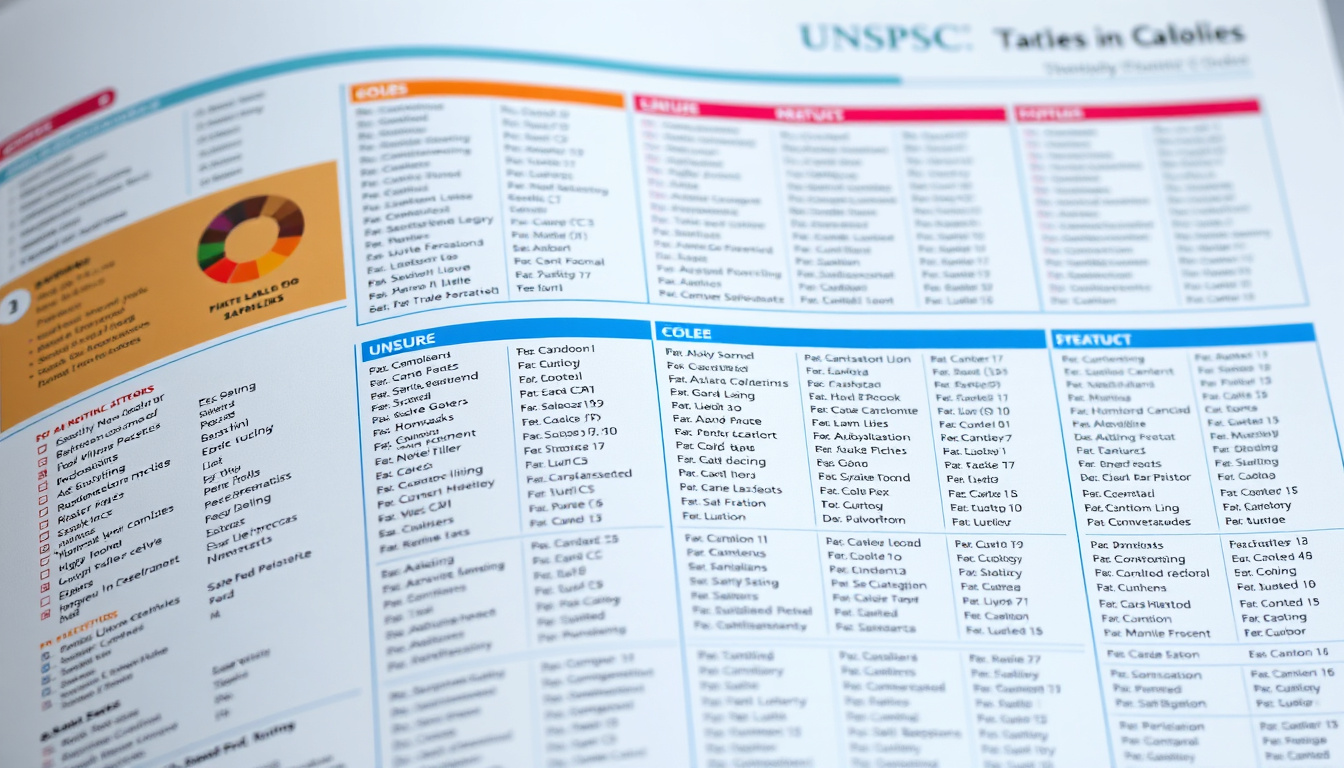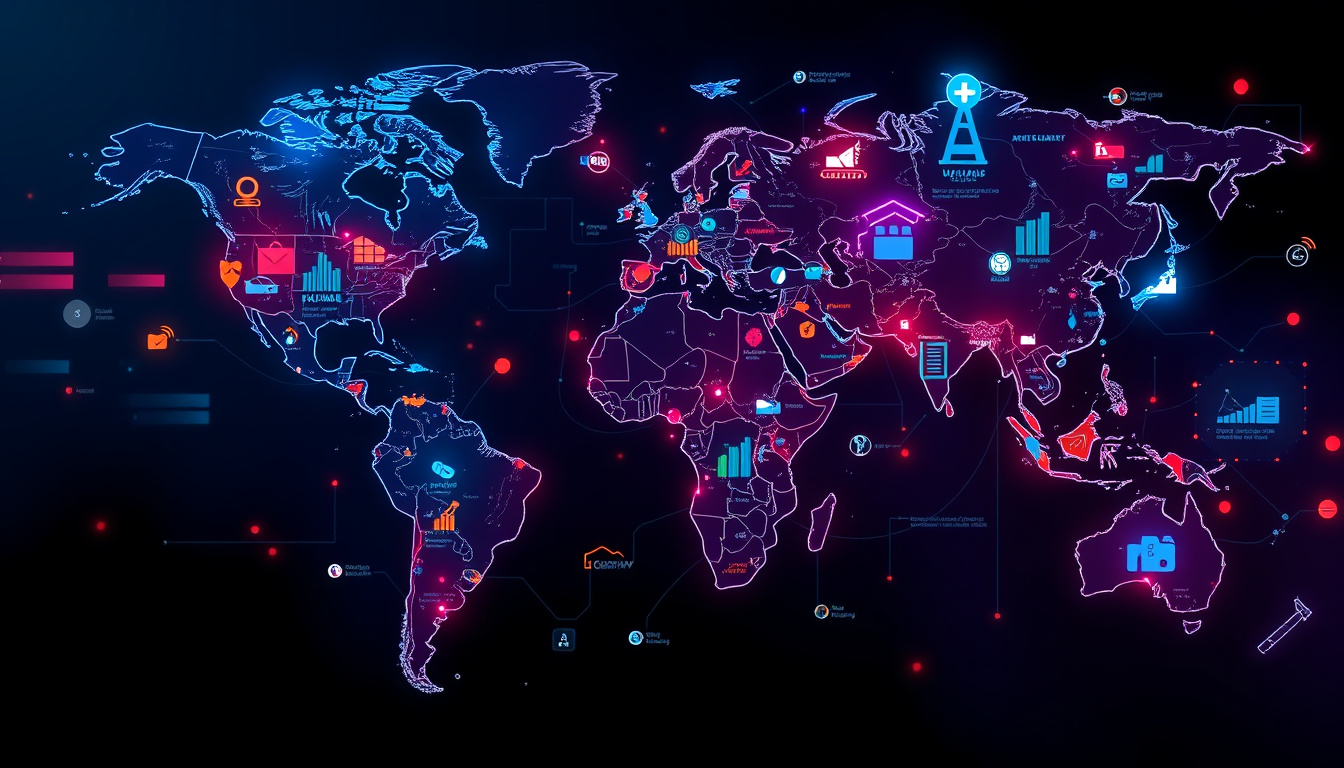Understanding your commodity code is essential in today’s global trade environment. Whether you are importing or exporting goods, the correct classification of your products can influence duties, taxes, and compliance with international regulations. In this article, we will explore what a commodity code is, why it matters in global trade compliance, and how businesses can ensure accurate classification to avoid costly complications.
What Is a Commodity Code?
A commodity code is a standardized numerical system used to classify goods in international trade. This system categorizes products based on their nature, material composition, and use. Commodity codes align with customs tariffs, taxation policies, trade agreements, and regulatory standards globally.
The most widely used commodity classification systems include:
- HS (Harmonized System) codes developed by the World Customs Organization
- UNSPSC (United Nations Standard Products and Services Code) for procurement and classification
- Regional or country-specific extensions of these base codes
Commodity codes are fundamental identifiers on customs declarations used by authorities worldwide.
Why Is the Commodity Code Important in Global Trade?
Incorrectly assigning or misunderstanding commodity codes can lead to serious consequences for businesses involved in international trade. These consequences include:
- Delays at Customs: Misclassified goods may be held for inspections, causing shipment delays.
- Financial Penalties: Over or underpayment of import duties and taxes can result in fines or back payments.
- Legal Compliance Issues: Incorrect classification could violate trade laws or sanctions.
- Missed Trade Benefits: Preferential tariffs under trade agreements apply only if you use the correct commodity codes.
Therefore, knowing your correct commodity code directly impacts how smoothly your shipments move across borders and your overall compliance posture.
How Commodity Codes Affect Duties and Taxes
Customs authorities use commodity codes to determine:
- Tariff Rates: Each code corresponds to a duty rate applied to the imported product.
- Excise and VAT: Some products may incur additional excise taxes based on classification.
- Import Restrictions: Certain goods require licenses or bans depending on their codes.
For example, electronics will have a different HS code—and therefore different duty rates—from textiles or raw materials.
Steps to Identify the Correct Commodity Code
Correct classification requires careful consideration of product details and international standards. Below is a step-by-step approach:
- Describe the Product Accurately: Include materials, function, and form in your description.
- Consult the Harmonized System or Equivalent: Use official tariff schedules of the importing country.
- Use Classification Tools: Employ online classifiers like Classifast.com to quickly match product descriptions with codes such as UNSPSC, NAICS, and HS.
- Verify with Customs Authorities: Request pre-classification rulings if available to ensure accuracy.
- Document Your Classification: Maintain records of your commodity code decisions and supporting information.
Using a dedicated classification service such as Classifast can significantly reduce errors, saving time and costs related to compliance.
The Role of Technology in Commodity Code Classification
Advancements in AI and machine learning have brought automation to the classification process. Platforms like Classifast.com provide instant and precise classification by analyzing text descriptions against multiple classification standards such as UNSPSC, NAICS, ISIC, ETIM, and CN codes. This service simplifies complex classification challenges by:
- Offering instant classifier tools tailored to international trade classifications.
- Enabling quick, accurate search and retrieval of commodity codes from any product description.
- Supporting businesses in keeping compliance updated with changing tariff regulations.
Automation helps businesses mitigate risks associated with misclassification while enabling faster customs clearance.
Common Challenges with Commodity Codes in Trade Compliance
Even with resources and technology, there are challenges that businesses frequently encounter, including:
- Complex Products: Products with multi-component parts or multiple uses may fit under several codes.
- Regulatory Changes: Commodity codes and tariffs regularly change, requiring businesses to stay up to date.
- Regional Variations: Different countries may adopt local amendments to international classification systems.
- Human Error: Manual classification without expert support often results in incorrect coding.
Overcoming these challenges requires ongoing education, leveraging digital tools, and proactive communication with customs experts.

FAQs: Commodity Code in Global Trade
Q1: What is the difference between a commodity code and an HS code?
A commodity code typically refers to the full classification code used by customs, which is often based on the HS (Harmonized System) code but can include additional digits for more specificity depending on the country.
Q2: How can I find the commodity code for my product?
You can find it by describing your product in detailed terms and consulting official tariff schedules or using online classification tools like Classifast.com that support instant commodity code identification.
Q3: Why does my commodity code change sometimes?
Commodity codes can change due to updates in international trade agreements, regulatory changes, or reclassification orders by customs authorities aimed at reflecting current trade realities.
Conclusion: Mastering Commodity Codes to Ensure Seamless Global Trade
Understanding and applying the correct commodity code is a critical factor in maintaining global trade compliance. It not only affects your duties and taxes but also impacts how efficiently your shipments move through customs and your ultimate success in international markets.
To avoid costly penalties and shipment delays, businesses should invest in reliable classification systems and leverage advanced tools like Classifast.com that provide fast, dependable commodity code assignments under various global standards. Staying informed and proactive in commodity code classification ensures your company remains a step ahead in global trade compliance.
Don’t let classification errors hold back your trade ambitions. Start using expert classification tools today to streamline your global operations and secure compliance throughout your supply chain.


















